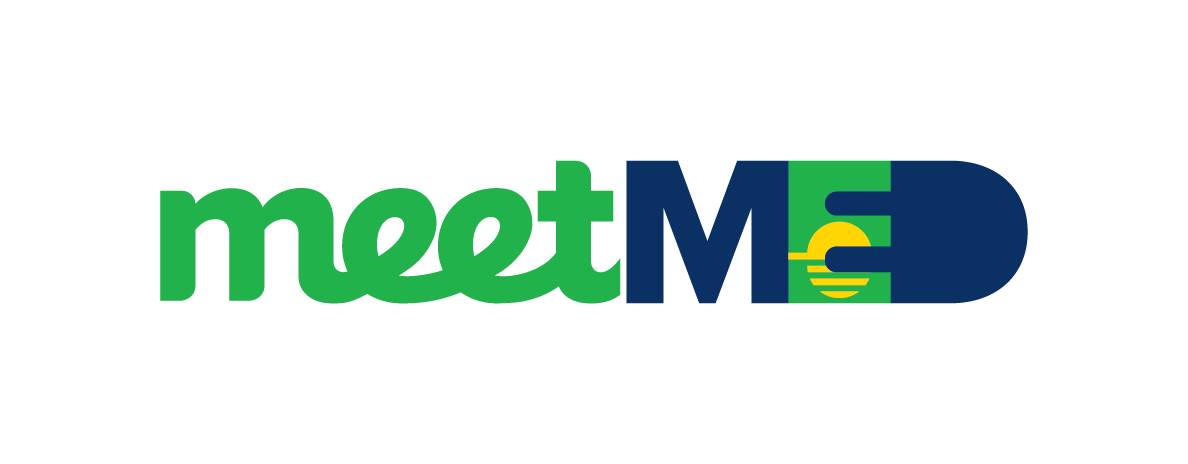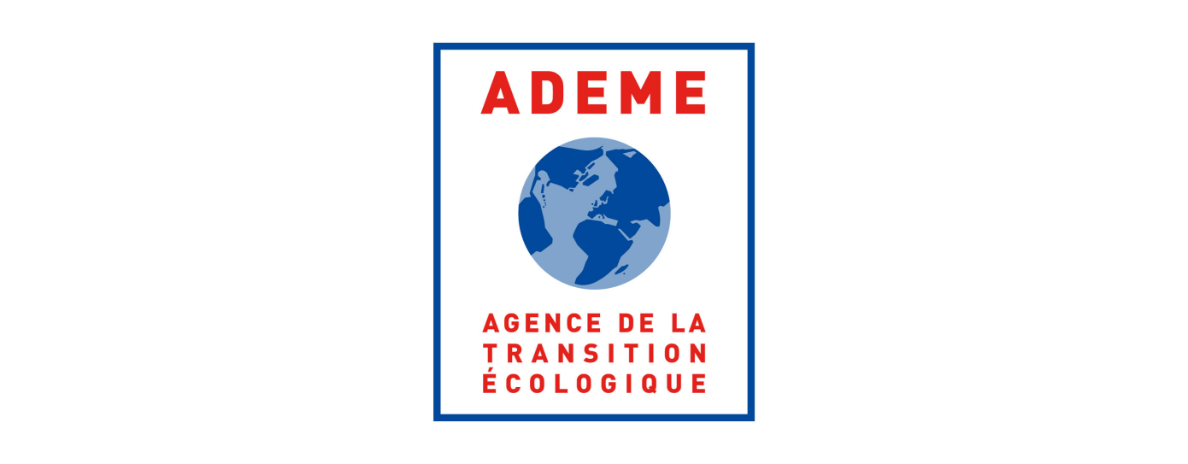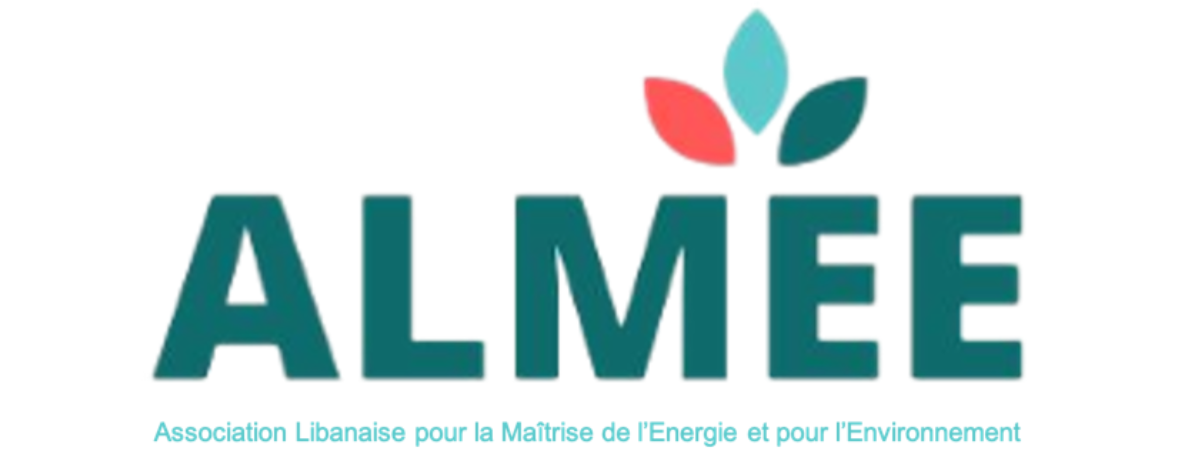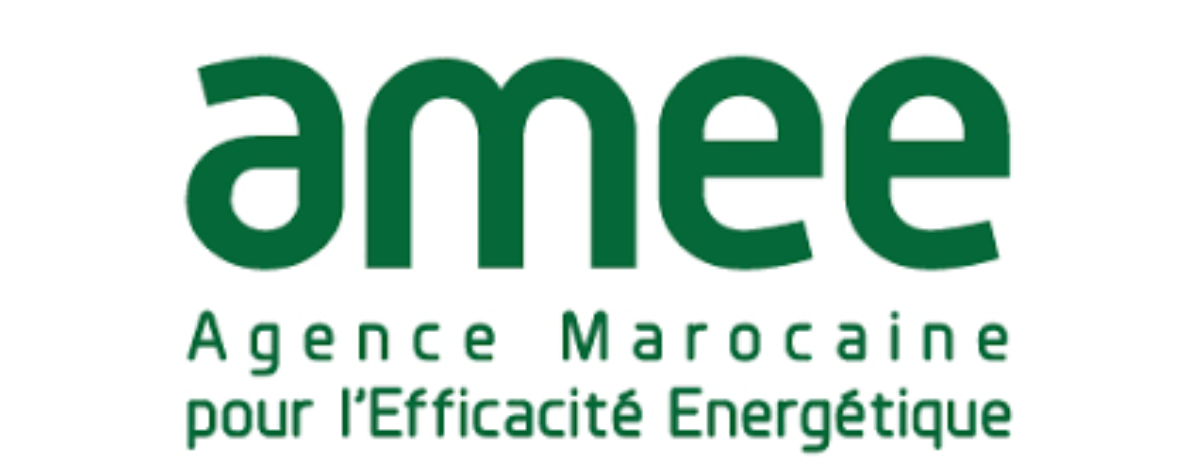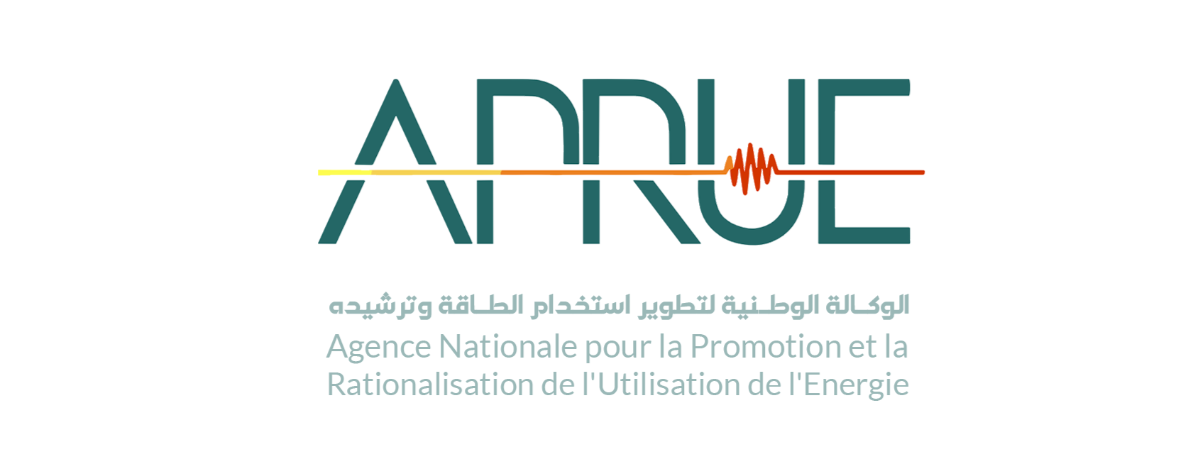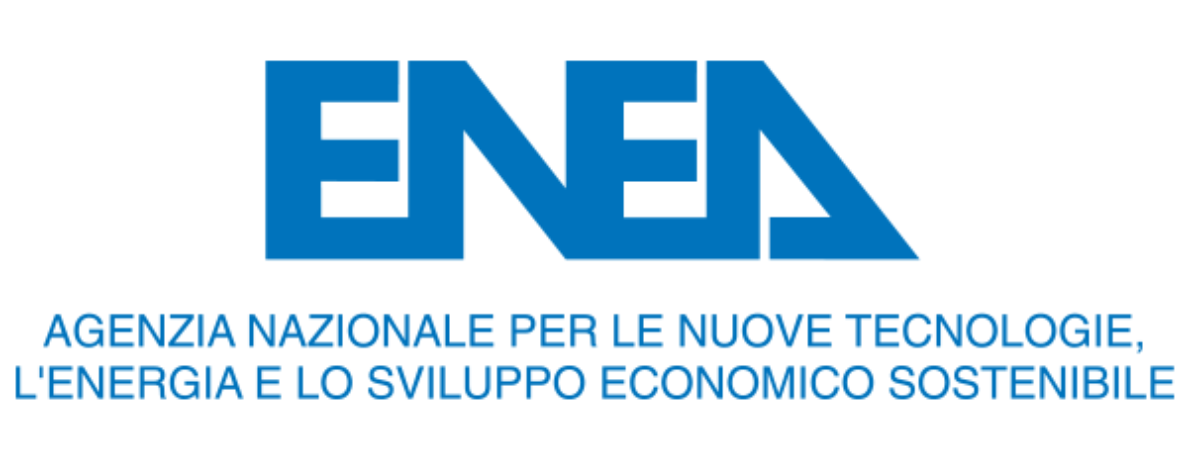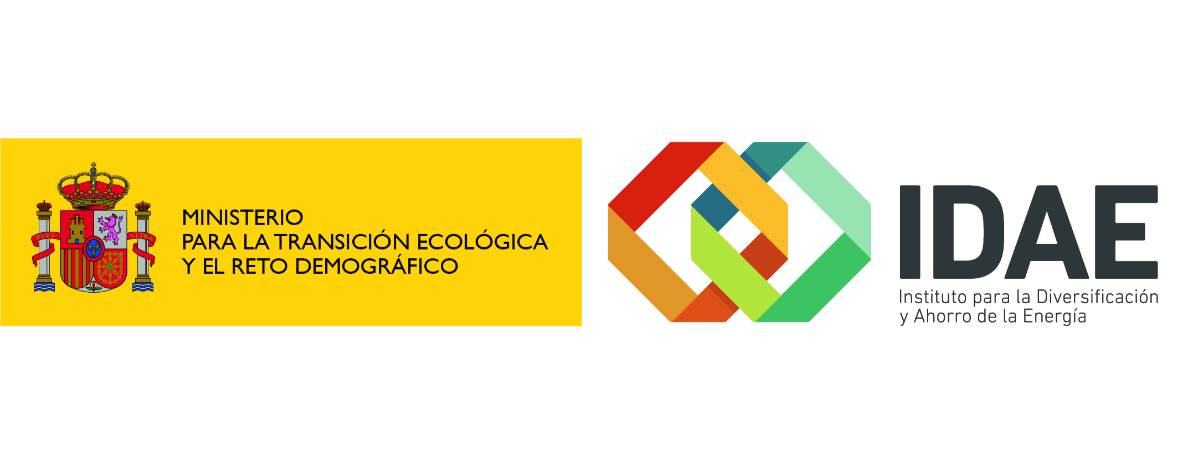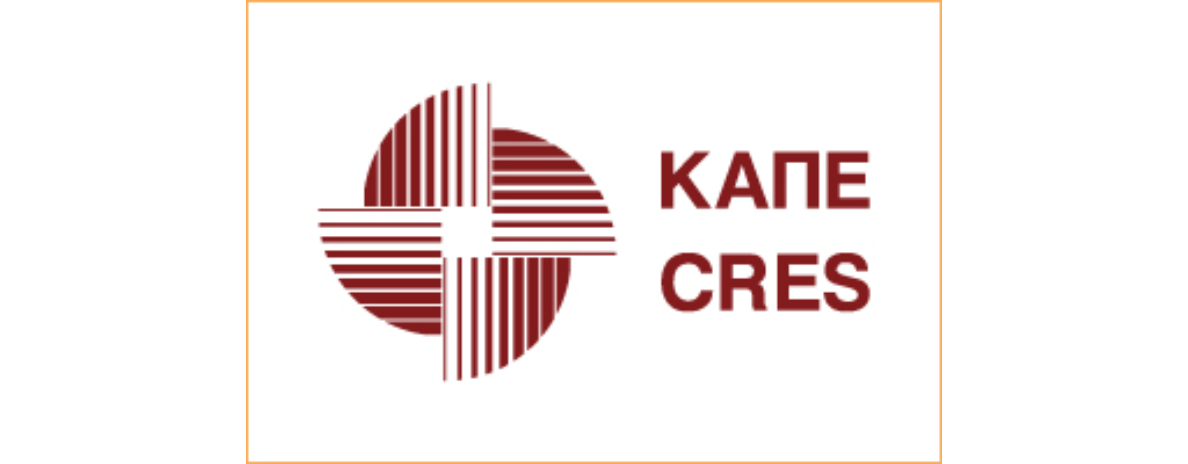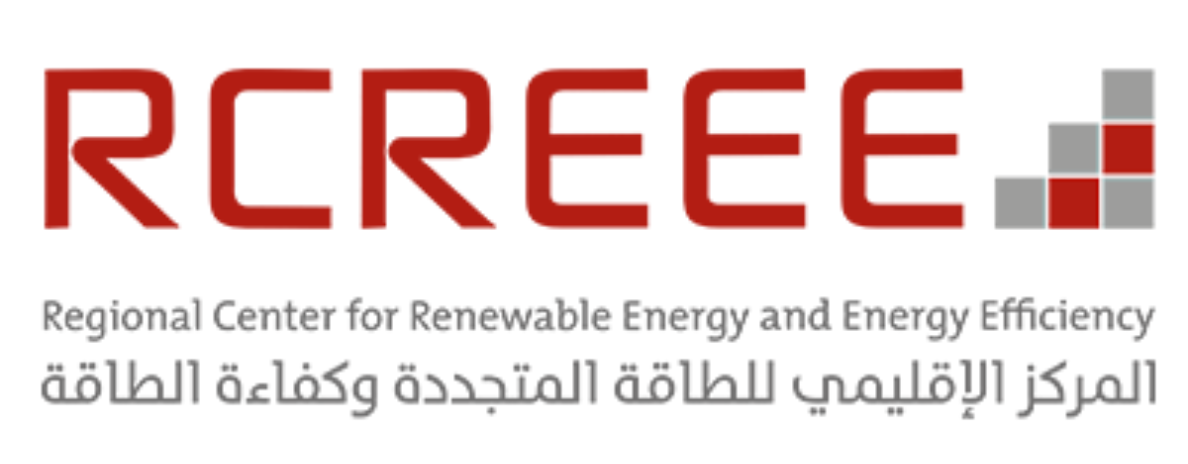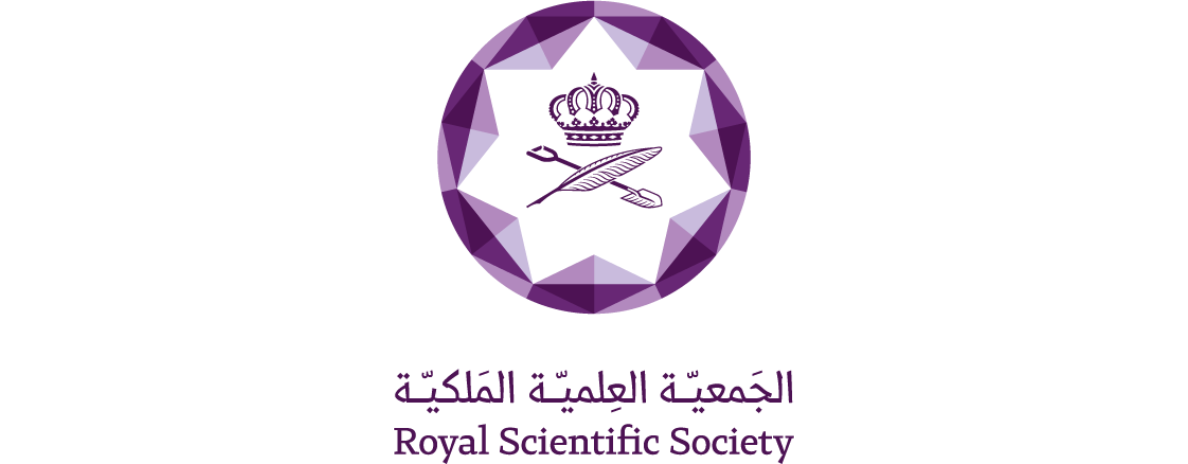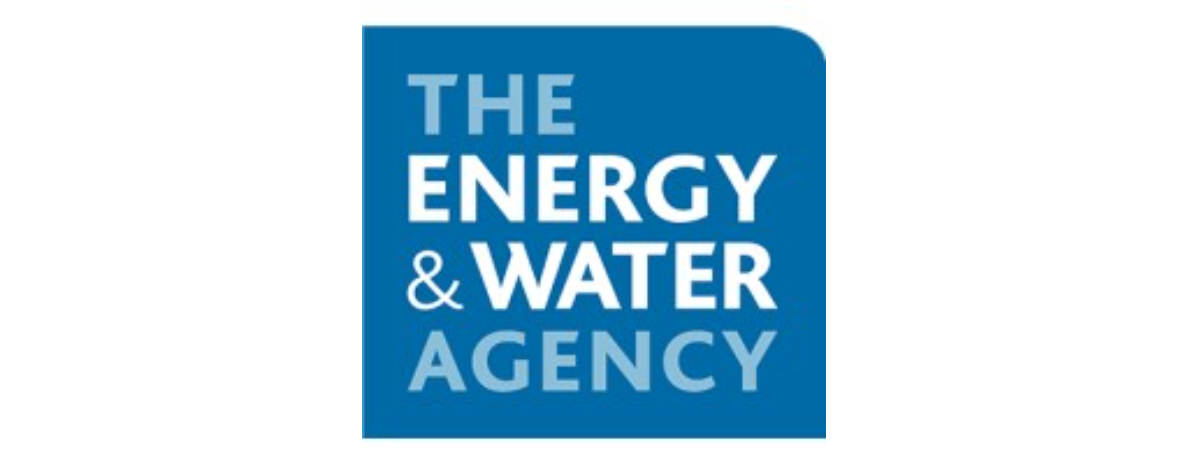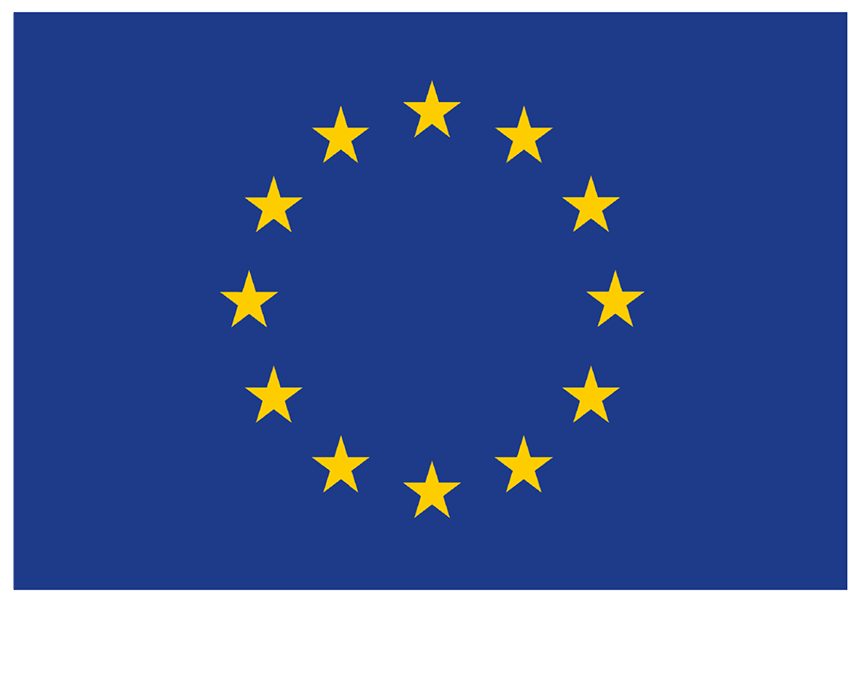
Welcome to meetMED WEEE Management Tool, your comprehensive guide to advancing Waste Electrical and Electronic Equipment (WEEE) management across the Arab region. This tool aims to assist policymakers, businesses, and environmental professionals in developing effective WEEE strategies by providing best practices, country-specific insights, and actionable recommendations.
The Mitigation Enabling Energy Transition in the Mediterranean region ( meetMED ) is an EU funded project, developed by the Mediterranean Association of the National Agencies for Energy Management (MEDENER) and the Regional Centre for Renewable Energy and Energy Efficiency (RCREEE). It promotes the transition to a low-carbon economy in the South Mediterranean Countries (SMECs).
Explore the WEEE landscape in eight Arab countries through our interactive map. Hover over a country to see key statistics, including:
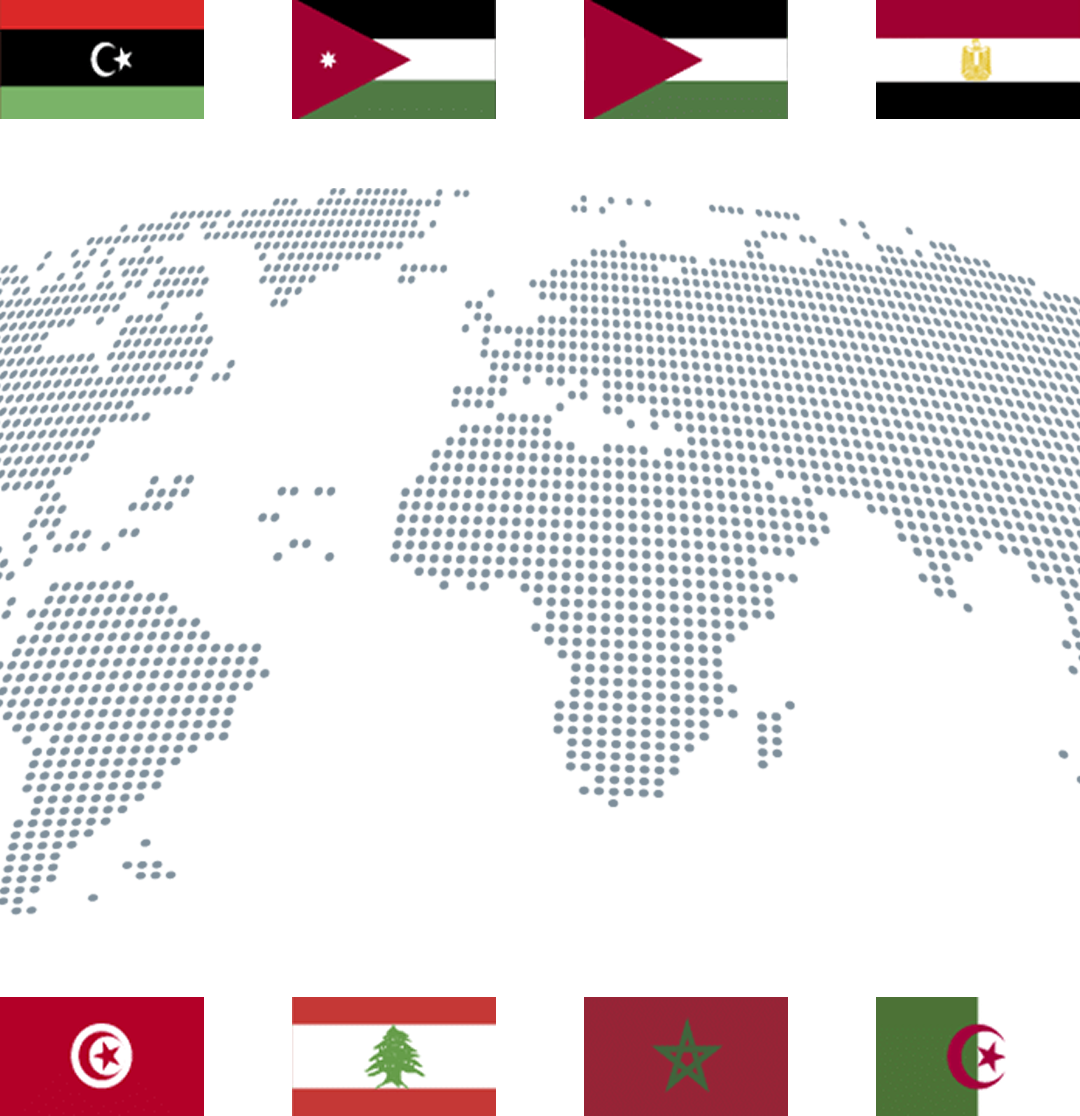
Egypt 2022
Per Capita E-waste Generation:
4.3 kg/year
Annual WEEE generation:
0.585 million tons/year
WEEE collection rate: 2.6%
WEEE Recycling rate: 5%
Availability
of National Legislation: Yes
Palestine 2022
Per Capita E-waste Generation:
N/A
Annual WEEE generation: N/A
WEEE collection rate: N/A
WEEE Recycling rate: N/A
Availability of National
Legislation: N/A
Jordan 2022
Per Capita E-waste Generation:
5.4 kg/year
Annual WEEE generation:
59,707 tons/year
WEEE collection rate: 2.6%
WEEE Recycling rate: 2.1%
Availability of National Legislation: Yes
Libya 2022
Per Capita E-waste Generation:
13.8 kg/year
Annual WEEE generation:
94,000 tons/year
WEEE collection rate: N/A
WEEE Recycling rate: N/A
Availability of National
Legislation: N/A
Algeria 2022
Per Capita E-waste Generation:
7.5 kg/year
Annual WEEE generation:
333,000 tons/year
WEEE collection rate: N/A
WEEE Recycling rate: N/A
Availability of National
Legislation: Yes
Morocco 2022
Per Capita E-waste Generation:
4.6 kg/year
Annual WEEE generation:
167,040 tons/year
WEEE collection rate: N/A
WEEE Recycling rate: 12.5%
Availability of National
Legislation: Yes
Lebanon 2022
Per Capita E-waste Generation:
7.8 kg/year
Annual WEEE generation:
465,000 tons/year
WEEE collection rate: 0.2%
WEEE Recycling rate: N/A
Availability of National
Legislation: Yes
Tunisia 2022
Per Capita E-waste Generation:
6.4 kg/year
Annual WEEE generation:
100,000 tons/year
WEEE collection rate: N/A
WEEE Recycling rate: 24%
Availability of National
Legislation: Yes

Egypt 2022
Per Capita E-waste Generation:
4.3 kg/year
Annual WEEE generation:
0.585 million tons/year
WEEE collection rate: 2.6%
WEEE Recycling rate: 5%
Availability
of National Legislation: Yes
Palestine 2022
Per Capita E-waste Generation:
N/A
Annual WEEE generation: N/A
WEEE collection rate: N/A
WEEE Recycling rate: N/A
Availability of National
Legislation: N/A
Jordan 2022
Per Capita E-waste Generation:
5.4 kg/year
Annual WEEE generation:
59,707 tons/year
WEEE collection rate: 2.6%
WEEE Recycling rate: 2.1%
Availability of National Legislation: Yes
Libya 2022
Per Capita E-waste Generation:
13.8 kg/year
Annual WEEE generation:
94,000 tons/year
WEEE collection rate: N/A
WEEE Recycling rate: N/A
Availability of National
Legislation: N/A
Algeria 2022
Per Capita E-waste Generation:
7.5 kg/year
Annual WEEE generation:
333,000 tons/year
WEEE collection rate: N/A
WEEE Recycling rate: N/A
Availability of National
Legislation: Yes
Morocco 2022
Per Capita E-waste Generation:
4.6 kg/year
Annual WEEE generation:
167,040 tons/year
WEEE collection rate: N/A
WEEE Recycling rate: 12.5%
Availability of National
Legislation: Yes
Lebanon 2022
Per Capita E-waste Generation:
7.8 kg/year
Annual WEEE generation:
465,000 tons/year
WEEE collection rate: 0.2%
WEEE Recycling rate: N/A
Availability of National
Legislation: Yes
Tunisia 2022
Per Capita E-waste Generation:
6.4 kg/year
Annual WEEE generation:
100,000 tons/year
WEEE collection rate: N/A
WEEE Recycling rate: 24%
Availability of National
Legislation: Yes
Key statistis
Global WEEE Generation
Over 50 million tons of e-waste are generated annually worldwide, with less than 20% formally collected and recycled.
Projected Growth
By 2030, global e-waste is expected to reach 74 million tons due to rising consumption and shorter product lifespans.
High-Value Materials
E-waste contains valuable metals, such as gold, silver, and rare earth elements, worth approximately $57 billion USD annually, yet most of these resources remain untapped.
E-Waste and the Environment
Improper disposal of e-waste leads to soil and water contamination due to toxic substances like lead, mercury, and cadmium.
Regional Perspective
Many countries in the Arab region lack formalized collection and recycling systems, leading to reliance on informal sector practices.

